|
Buying the first sewing machine is perhaps the most intimidating purchase for sewing beginners. Knowing where to start and what to look for on the market can be a real challenge. If you are a beginner however, you should always start small. There is not need to invest in a sewing machine with a variety of complex stitches and features you might never need to use. Choosing the appropriate sewing machine means finding the right balance between quality, price and the necessary sewing capabilities. You'll find that you really don't need to spend a lot to get a good quality machine that will last you years. Many advanced dressmakers still use a simple home sewing machine for all their needs. There are a number of attachments and presser feet that work with almost all models which you may purchase additionally as you become more advanced. For now, if you are doing some research on where to start with the initial purchase, here are some of the main things to consider in your search for your first sewing machine: The Necessary Features All sewing machines will have the necessary features to sew a garment from start to finish. The most essential elements include: a straight stitch capability for applying permanent stitches; a zig zag stitch to clean finish the raw edges and accommodate knit fabrics, and a reverse button for back-stitching. Of course, even the most basic sewing machines available on the market will offer a few more features than just these 3 basic ones. However, as a beginner, you should start your search with the most essential and work outwards. Although, all sewing machines will probably already have similar settings, it is good to make yourself a little checklist and be able to recognize what the different notations and buttons stand for. The Straight Stitch It should be adjustable in stitch length to create a range from very short to a basting stitch with the longest stitch length. Stitch length is usually measured by counting how many stitches are in a 1 inch increment. The shortest stitch length will have a higher count of stitches within an 1" while a basting stitch has a lower stitch count. The shorter stitches are denser and used for finer fabrics like silk and chiffon. They can minimize tension in some very lightweight fabrics and create a durable connection. Basting stitches can either be used temporarily or permanently depending on the project. Generally, longer stitches are used for stretchier fabrics because they allow for more flexibility. For most projects, you will most likely use a medium-length stitch which is somewhere in between. A medium stitch on most sewing machines falls between the 3-4 settings. The good news is, all sewing machines on the market offer a straight stitch with length adjustments.
5 Comments
What Are DartsWhen it comes to sewing apparel, the first thing to remember is that you are sewing for the human body which is an organic form. In order to construct a garment that is comfortable and wearable, a woven fabric's flat surface needs to be molded into a 3-dimensional shape. Darts allow you to turn an otherwise flat, non-stretch surface into a semi organic shape. They are subtle and easy to sew, and just a few simple darts can help the garment mold perfectly to the shape of the human form. Darts are triangular in-takes that when sewn, eliminate excess in the most curved areas of the body thus conforming to the organic shape of it. Darts have a vanishing point and two identical lines of the same length called dart legs. The dart is folded along a dart fold line so that the dart legs overlap. Once they are aligned to match up in length, they are sewn together up to the vanishing point. This takes in the excess necessary to achieve the desirable 3-dimensional shape. Although darts are mostly used in more fitted woven garments, some darts (like a bust dart) are inserted not only to achieve a form-fitting structure but also for comfort and fit purposes in less fitted styles. As you start to understand the necessity of darts and how to sew them, you will get a better grip on which types of darts to use for each specific clothing item.
A multi faceted clothing item is a goldmine in a woman's closet. The best return on investment is always a garment that can withstand wear in a range of styling combinations without compromising comfort. A well-balanced design that can effectively elevate or tone down an outfit is worth a lot of praise. The Alex Cardigan fits within the category of a versatile clothing item that easily transitions from work to play without jeopardizing comfort and aesthetics. At the office, it allows for maximum comfort while maintaining a professional, business appropriate look. After work, it pairs beautifully with a pair of jeans or even a little black dress. The beauty of the Alex Cardigan, and the reason it has become one of our favorites, is because it has the ability to effectively dress up a casual outfit and vise versa, dress down something that feels too formal. So what exactly is so special about the Alex Cardigan? Here are a few features that are bound to make you fall in love with it. An All Day Jacket-Cardigan Feel: A versatile styling option Some of the most valuable items in a woman's closet are those that can be styled in a variety of different ways and worn to a range of different occasions. The Alex Cardigan mixes casual with dressed up to bring forth a classic silhouette with dozens of styling options without compromising comfort. It is this comfort that allows for versatility in the first place. The Alex Cardigan makes our top list because it fits the bill to a T. Featuring sweater knit ribbed sleeves and a pair of waist-high side slits it allows for all day comfort without effecting the aesthetics of the style. It makes the perfect addition to any work outfit as a layering piece whether it is combined with a skirt, dress or pair of trousers. The black and white palette mixes well with any color, offering the classic black and white combination we've come to love so much. While the color combination is undeniably a classic, the unique linear design dresses up any outfit that needs a little kick without overwhelming it. Additionally, the function of versatility is to allow a clothing item to adapt to any circumstance or setting throughout the day. Specifically, its effortless ability to transition from day to night- wear it all day at work and throw it on with your evening outfit to either dress it up or down as desired.
If you've ever scoured stores for that particular clothing item you need and still can't find exactly what you are looking for, then learning how to sew your own clothing can be a real privilege and save you lots of money in the process. Every woman has had a moment when having this extra skill could have really come in handy. While the process may seem intimidating for a complete beginner, if you start small and grow from there, you'll find that learning how to sew is actually not as scary as you might think. Although it has it's challenges, especially when tackling more complex designs, once you know the basics you can work through almost any sewing problem. Start with the sewing basics. Sewing is a little bit like math- you have to start with the most basic techniques and gradually build on them over time. It is very difficult to sew something more complex if you don not yet have a full grip on the basics. Surely you're asking yourself: So what are the basics? Well, start with the building block of all clothing items: fabric. For instance, get a better understanding of the difference between knit and woven fabrics; The location of the selvage along the fabric's edge and how it is used in relationship to sewing patterns; What classifies as the face and wrong side of fabric? Once you understand these basic concepts, it's a good idea to make a few trips to your local fabric store. The good new is that you don't have to buy anything- browsing is free. Do some window shopping and get your hands on a few different fabrics. Read the fabric content on the tags and see if you can differentiate between the different types of weaving available.
|
The Blog:A journey into our design process, sewing tutorials, fashion tips, and all the inspiring people and things we love. Doina AlexeiDesigner by trade and dressmaker at heart. I spend most of my days obsessing over new fabrics and daydreaming new ideas. Sadie
Executive Assistant & Client Relations Manager Archives
November 2019
Categories
All
|
-
Sewing Tutorials
-
Basics
>
- Aligning Pattern Grainlines To Fabric
- Preparing Fabrics For Sewing
- Pinning Sewing Patterns To Fabric
- Placing Sewing Patterns On Fabric For Cutting
- Rotary Cutters or Fabric Scissors?
- Cutting The Sewing Patterns
- What Are Notches And How To Use Them In The Sewing Process
- Transferring Notches From Pattern To Fabric
- Transferring Seamlines to Fabric
- Staystitching
- Backstitching: A Complete Guide
- Hand Basting: A Complete Guide
- Sewing Continuous Bias Binding
- Darts >
-
Sewing Seams
>
- The Basics Of Seams And Seam Allowance
- How To Sew A Straight Seam
- Sewing Curved Seams
- Sewing Corner Seams
- Trimming And Grading Seam Excess
- Notching/Clipping Seam Allowance for Tension Release
- Sewing Topstitched Seams
- Sewing Corded Seams
- Sewing A Slot Seam
- Sewing A Gathered Seam
- Sewing Bias Seams
- Sewing Seams With Ease
- Sewing Seams With Crossing Seamlines
- Sewing Unlike Fabric Seams
- How To Iron Seams: Ironing Tools And Conventions
- Sewing With Knit Fabrics
- Understanding Stitch Length And Tension
- Sewing Unique Fabric Seams
-
Seam Finishes
>
- Seam Finishing Techniques - Overview
- Applying A Pinked Seam Finish
- Applying A Bias Bound Seam Finish
- Serging And Zigzag Seam Finishes
- Sewing A Self-Bound Seam Finish
- Sewing A French Seam Finish
- Sewing A Hong Kong Seam Finish
- Sewing A Mock French Seam Finish
- Sewing A Turned-and-Stitched Seam Finish
- Sewing Overcast Hand-Applied Seam Finishes
- Sewing A Flat Felled Seam
- Sewing A Hairline Seam Finish
-
Hem Finishes
>
- Garment Hem Finishes: Overview
- Sewing A Double Fold Hem Finish
- Sewing A Single Fold Hem Finish
- Sewing Bound Hem Finishes
- Sewing An Exposed Double Layer Bound Hem
- Sewing A Folded-Up Bound Hem with Pre-folded Binding
- Sewing A Hong Kong Hem Finish
- Sewing A Band Hem Finish
- Sewing A Bias Faced Hem Finish
- Sewing A Twill Tape Hem Finish
- Sewing A Rolled Hem Finish
- Sewing A Shaped Hem Facing
- Using Fusible Hem Tape And Webbing
- Finishing A Lace Fabric Hem
- Finishing A Leather Hem
- Sewing Faced Hem Corners
- How To Finish Lining At The Hem
- Finishing Fabric Corners by Mitering >
- Interfacing A Hemline: Lined And Unlined Examples
-
Sewing Pockets
>
- Curved Patch Pocket With Flap
- Unlined Square Patch Pockets
- Lined Patch Pockets: Two Ways
- Extension On-Seam Pockets
- Separate On-Seam Pocket
- Front Hip Pockets
- Bound Double Welt Pocket
- Double Welt Pocket With Flap
- Self-Welt Pocket (Using Single Fabric Layer)
- Slanted Welt Pocket (Hand-Stitched)
- Faced Slash Pockets: Overview >
-
Sewing Zippers
>
- Sewing Zippers: General Information
- Sewing A Centered Zipper
- Sewing A Lapped Zipper
- Sewing An Invisible Zipper
- Sewing A Fly Front Zipper
- Sewing A Closed-End Exposed Zipper (No Seam)
- Sewing An Exposed Separating Zipper
- Sewing Hand Stitched Zipper Applications
- Sewing A Zipper Underlay
- Sewing A Placket-Enclosed Separating Zipper
- Sleeveless Finishes >
-
Neckline Finishes
>
- Sewing A Neck Shaped Facing
- Sewing An All-In-One Neck Facing
- Neck And Garment Opening Combination Facings >
- Sewing A Bias Faced Neckline Finish
- Sewing A Band Neckline Finish
- Bound Neckline Finishes: Overview >
- Sewing A Semi-Stretch Strip Band Neckline
- Ribbed Neck Band And Classic Turtleneck
- Decorative Neckline Finishes >
- Finishing Facing Edges >
-
Extras
>
- A Complete Guide on Interfacing
- Sewing Bound Spaghetti Straps
- Sewing Spaghetti Straps To A Faced Neckline
- Sewing Ruffles: Overview
- Patterning And Sewing A Circle Ruffle
- Sewing A Gathered Heading Ruffle
- Sewing Double Layer Gathered Ruffles
- Sewing A Gathered Ruffle Into A Seam
- Sewing A Gathered Ruffle To A Fabric Edge
- Sewing A Fabric Surface Slit
- Sewing A Slit Seam
- Hand-Applied Straight Stitches
- Hand-Applied Blind Stitches
- Hand-Applied Overedge Stitches
- Hand-Applied Tack Stitches
- Hand-Applied Decorative Stitches
-
Basics
>
- Custom Bridal
- Custom Apparel
- About
- Blog
Services |
Company |
|

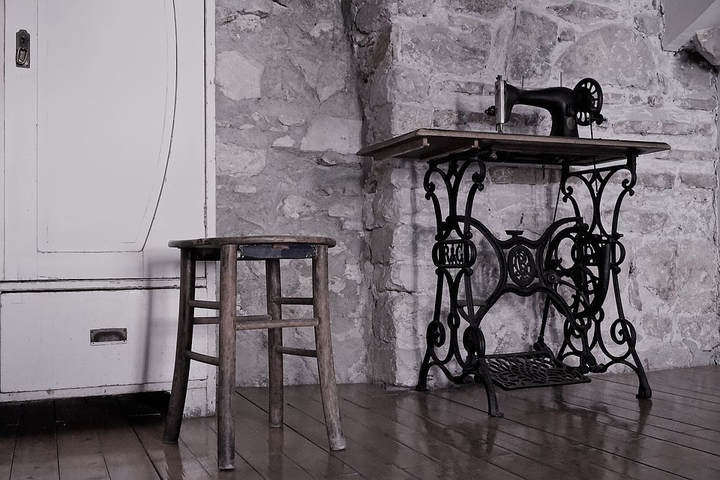
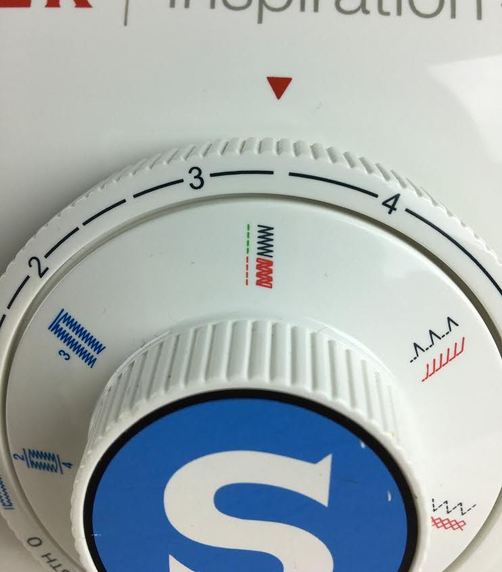
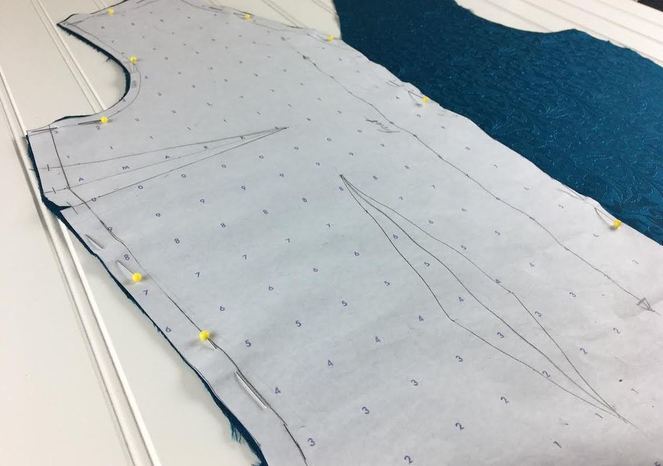
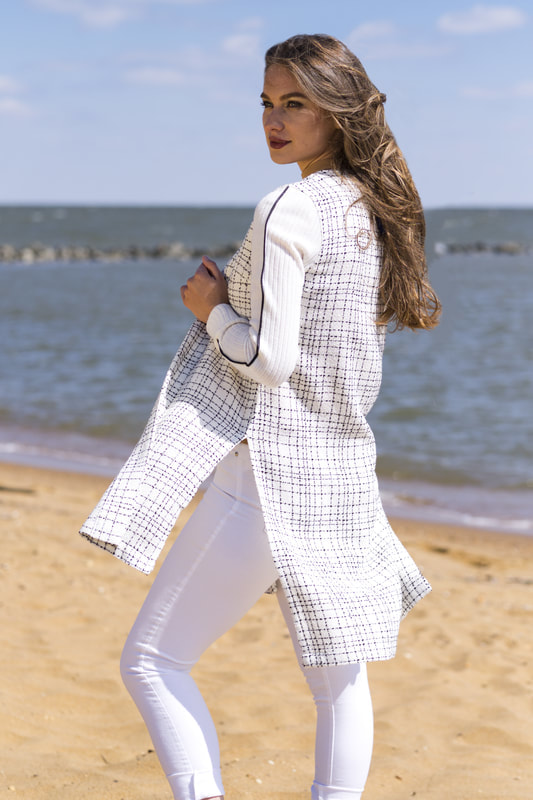
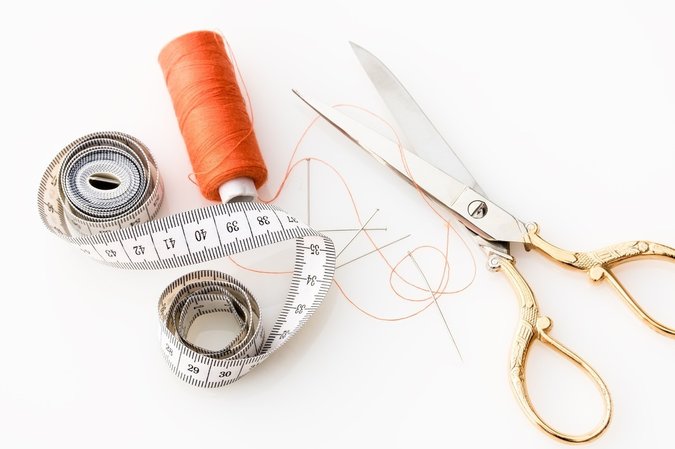


 RSS Feed
RSS Feed

